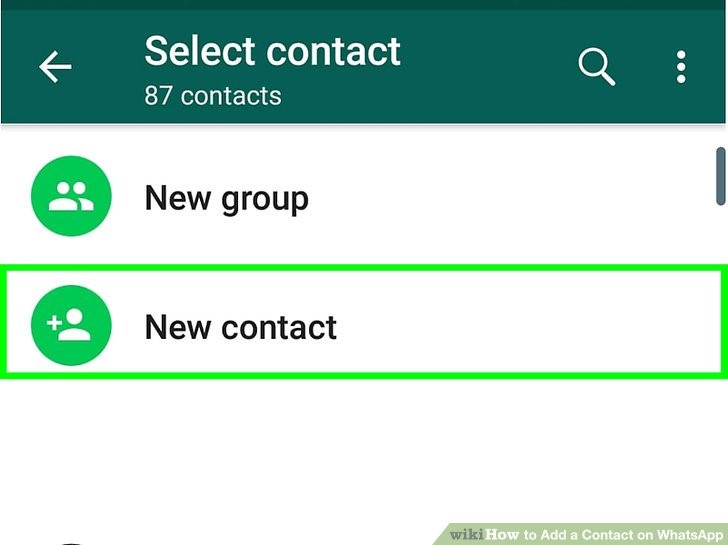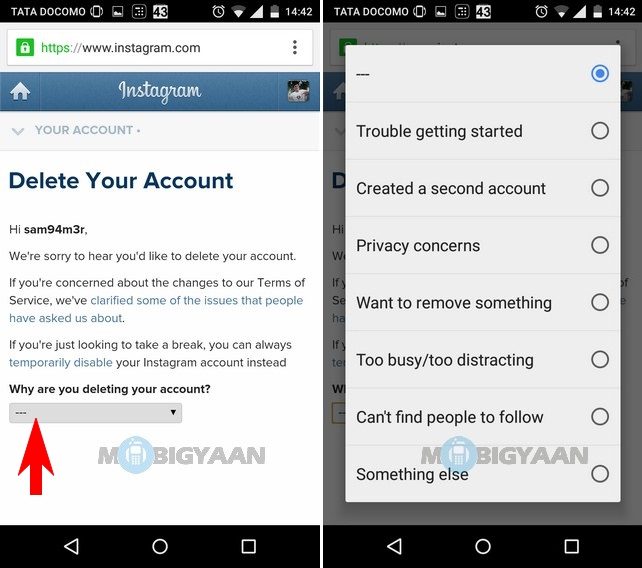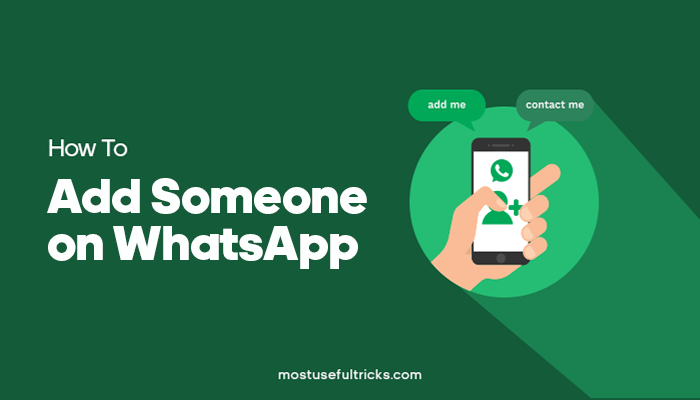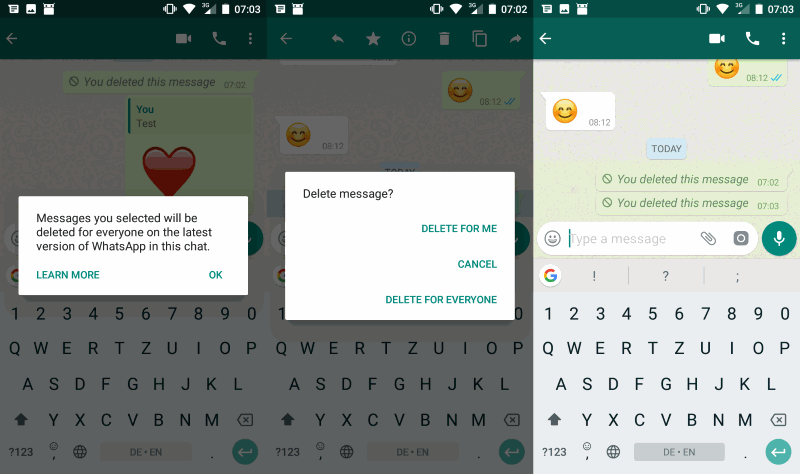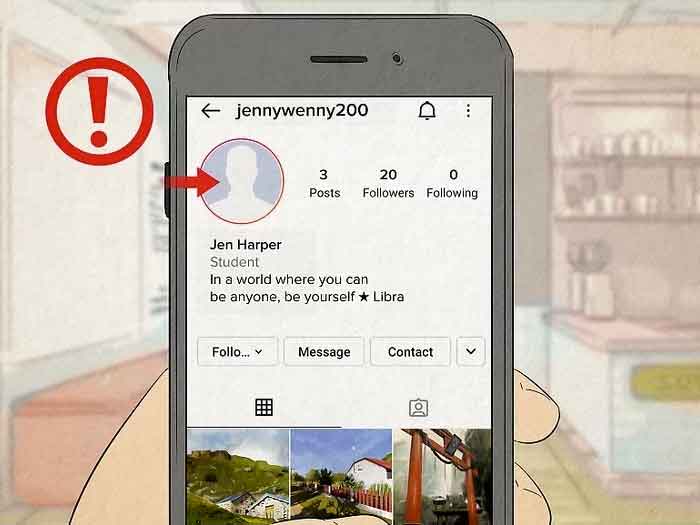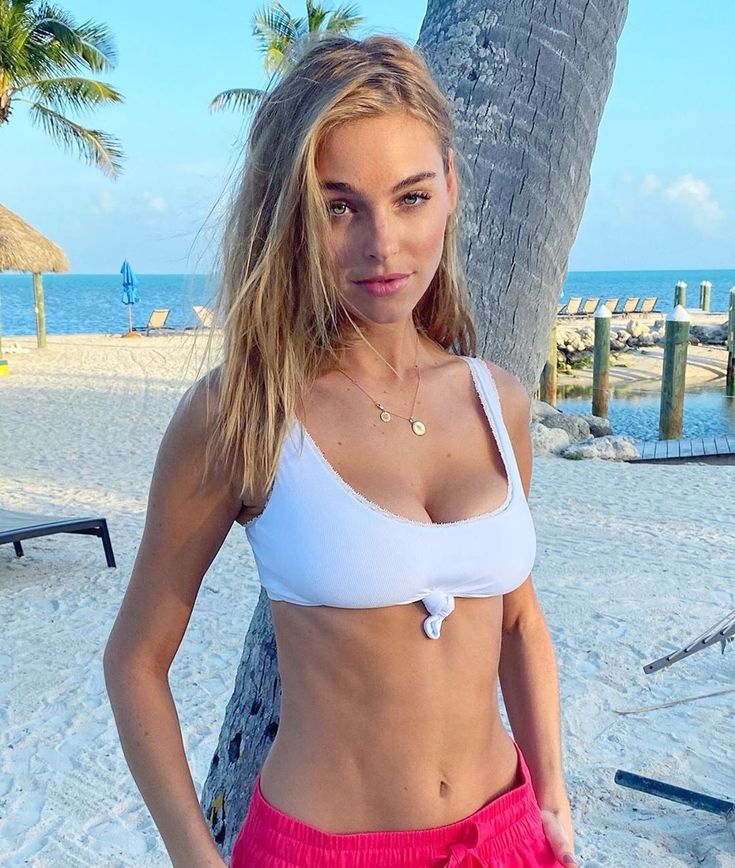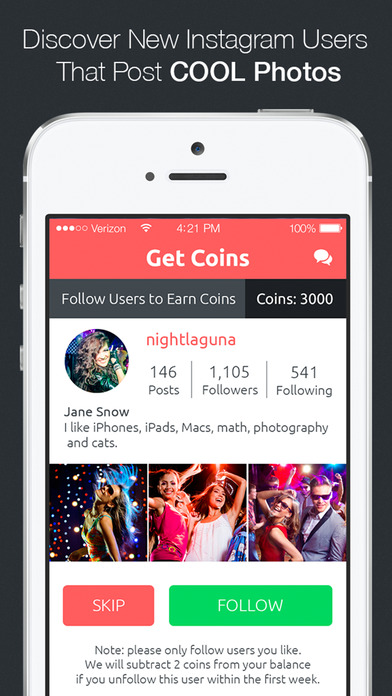How to be an artist on instagram
How to Snap Your Way to Art Success on Instagram
According to an April 2015 Artsy.net survey, 87% of surveyed art collectors look at Instagram more than twice a day and 55% look at it five or more times a day! Instagram is the land of opportunity for artists looking to gain new fans and sell more art. But, how do you capitalize on these statistics and capture their attention?
What and when should you post? Should you use a filter? What about a hashtag? Well, we’ve got the answers for you. Check out our nine tips and tricks to make a stellar impression and captivate the art buyers of Instagram.
1. Make Your Account a Work of Art
Decide early on what your Instagram is going to look like and stick to it. An uncurated account will come across as jumbled and jarring. Pick your predominant hues, choose a photo size, and decide to frame or not frame your images. Be wary of using filters that change the look of your true artwork.
Tanya Marie Reeves's Instagram showcases her colorful, bold style @artconfessions.
2. Post With Purpose
Just like with the aesthetic, you’ll want cohesive posts. Decide if your Instagram account will be a pure portfolio or a window into your creative life. We recommend the latter, so don’t be shy. People like accounts with a personal touch, so share your works in progress, studio shots, and your artwork on display. Meighan O’Toole states, “The most important thing you can do online is stay consistent. [Create] a style that your followers will recognize you for not only visually but your tone as well.”
3. Add a Bio With Panache
Include a concise, informative biography with some style. We recommend adding a link to your website or Artwork Archive Public Page. When you create the bio on your phone you can add emojis and page breaks. You can format it in your notes app and copy and paste, or write it directly in the Instagram app.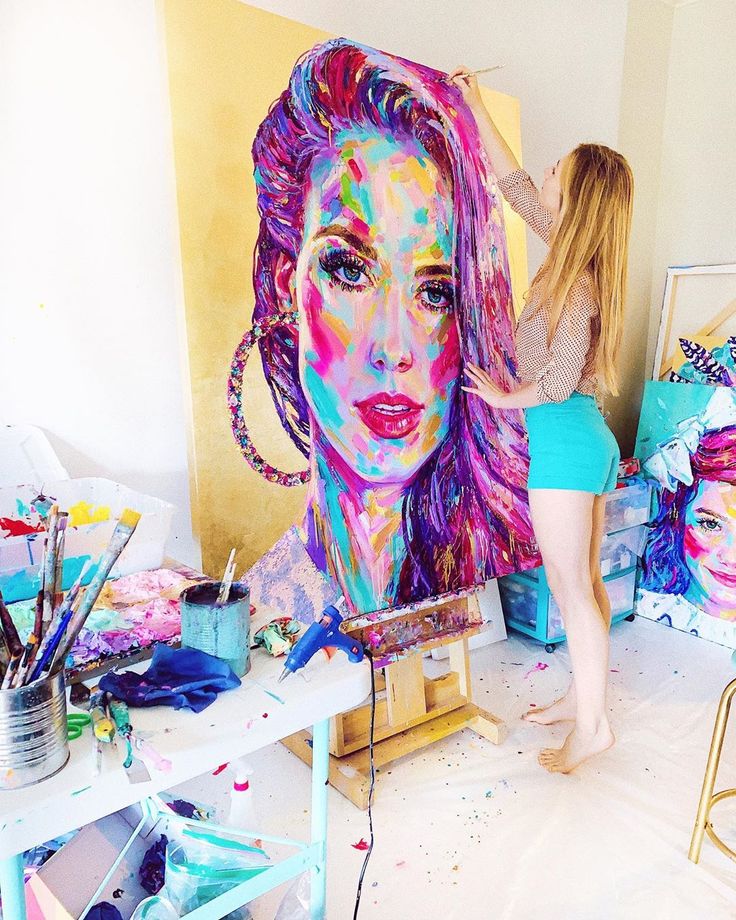
Check out Holly Friesen's fantastic Instagram biography @hollyriver7.
4. Share a Post Everyday
While Twitter encourages you to share multiple times a day, Instagram is a much calmer platform. We wouldn’t recommend posting more than once or twice a day so you don’t bombard your followers. According to CoSchedule, the best times to post are between 2pm-3pm and 8pm-9pm.
5. Embrace the True Blue
Marketing platform Curalate tested over eight million images and 30 image features to pinpoint the best performing Instagram hue. Blue won the ribbon with flying colors. Blue-toned images perform 24% better than ones with red or oranges tones.
6. Let in the Light
Don’t use blue in your artwork? Not to worry. You can use this information to your advantage: bright images get 24% more likes than their darker counterparts. So, be sure to take photos of your work in good, natural light.
So, be sure to take photos of your work in good, natural light.
7. Movement Matters More
Videos allow you to tell a story and people love engaging with richer content. Use Instagram’s 15-second video feature to share a video of your studio, gallery show, you choosing colors for your next work, you name it!
8. Hashtag With Precision
Art lovers on Instagram search via hashtags to find new artwork and new artists to follow. You can hashtag your work for mediums like #encaustic or style like #contemporaryart. Casey Webb of Jung Katz suggests you “compile a list of the hashtags most relevant to your work...and save them to the notes section of your phone for easy access to copy and paste.” Here are a few that she recommends: “#art #artist #artsy #painting #drawing #sketch #sketchbook #creative #artistsoninstagram #abstract #abstractart”. You can also see the number of people searching for a hashtag by searching for it in the Instagram search bar. Use hashtags that have a decent amount of people searching for them.
Use hashtags that have a decent amount of people searching for them.
Here are some more to get those wheels turning:
#abstractpainting #artcompetition #artoftheday #artshow #artfair #artgallery #artstudio #fineart #instaart #instaartwork #instaartist #instaartoftheday #oilpaintings #originalartwork #modernart #mixedmediaart #pleinair #portrait #studiosundays #watercolor
Teresa Oaxaca uses a wonderful array of hashtags and has over 19K followers! Learn from her amazing account: @teresaoaxaca
9. Talk to People
Follow artists whose work you admire, art publications, art directors, art galleries, interior designers, art companies you like (Artwork Archive *wink wink*), etc. You never know where a follow will lead and who you might create a wonderful online connection with. Be sure to engage with those you follow and comment on their images when they inspire and interest you. And don’t forget to respond to comments on your own artwork. Everyone likes to be acknowledged.
Everyone likes to be acknowledged.
Start Snapping Away
Now you’re armed with some Instagram best practices for artists, start taking those photos. Have fun with it and promote your art business in the process. This could become your favorite new social media platform, as Instagram seems to be tailor-made for artists. Still on the fence about Instagram? Read our article Why Every Artist Should Be on Instagram.
Want more art fans and customers to follow you on Instagram? Learn how to get them here.
Tweet: How to Snap Your Way to Art Success on Instagram: Infographic http://ctt.ec/esxwG+ via @ArtworkArchive
Instagram Best Practices for Artists
September 15, 2021
Share Facebook Twitter
With hundreds of millions of active users, Instagram can be a powerful tool for building your network and a loyal digital following.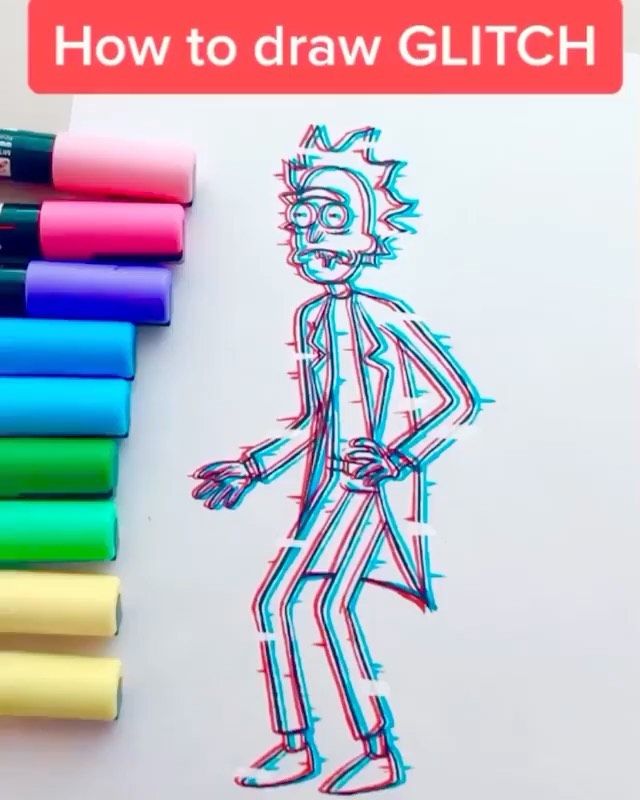 Because it is a visual platform, many artists already use Instagram to share their work. Even if you do not work with visual elements in your practice, it can be a helpful for marketing events or other announcements you have coming down the line. While Instagram can be overwhelming to start, with a little knowledge and consistency, it can become a natural extension of what you already do creatively as an artist. This article will provide an overview of best practices to optimize your Instagram account.
Because it is a visual platform, many artists already use Instagram to share their work. Even if you do not work with visual elements in your practice, it can be a helpful for marketing events or other announcements you have coming down the line. While Instagram can be overwhelming to start, with a little knowledge and consistency, it can become a natural extension of what you already do creatively as an artist. This article will provide an overview of best practices to optimize your Instagram account.
This guide is part of our series helping artists navigate digital marketing best practices, which includes tips for growing you audience on Instagram, Twitter, Facebook, and email.
Download the full PDF
Building a Follow-Worthy Profile
On Instagram, your profile is where people go to learn more about you and your work, so it is important to make sure this page is representative of that at a glance. Think about what your audience can glean from your feed, your bio, and your profile image. A strong profile can make all the difference in whether or not someone who stumbles upon your page decides to follow you.
A strong profile can make all the difference in whether or not someone who stumbles upon your page decides to follow you.
Think carefully about the purpose you want this profile to serve. Do you want to use your Instagram primarily as a tool to promote your work, upcoming events, and other activity? Do your persona and personal life play a large role in your artistic practice? Many artists use their personal accounts to promote their work, but unless your practice revolves heavily on your role as a public figure, we recommend that you create a separate account. This not only makes it easier to appeal to people who may be interested in the specific disciplines or themes you work with, but also keeps your posts more in line with what your audience actually wants to see. If your focus is too scattered—if you have images of your dinner, your cat, vacation photos, and your art on the same profile, for example—you risk building an audience that is less engaged with your work. It’s best to narrow down each profile to a specific focus so that you can grow your audience in that niche.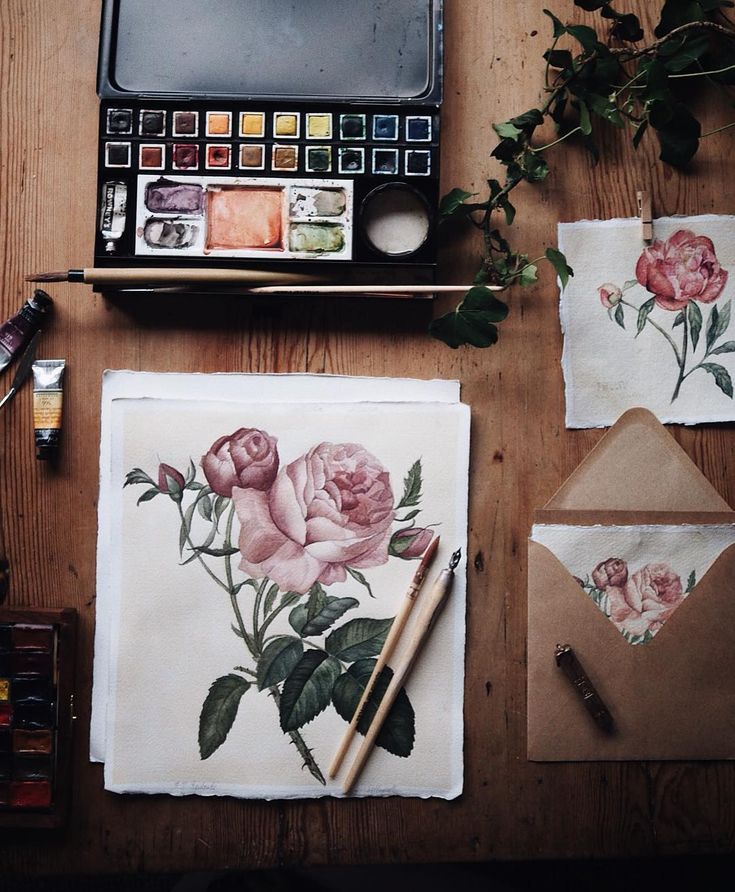 You can always link to your personal profile, or any others, in your bio.
You can always link to your personal profile, or any others, in your bio.
If your goal on social media is to attract new people, make sure that your username is easily searchable. Try to avoid complicated spellings, and choose a username that ties back to your practice. If you meet someone at a networking event, will they be able to find you by looking up your name later? If your username does not explicitly state your name or alias, make sure it is entered in the “Name” field of your profile. This ensures that regardless of what your username is, you can still be found by those looking. It may also be helpful to add your title next to your name, such as “John Doe (Artist/Writer/Filmmaker/etc),” making it much more likely you will appear in a search with that phrase. If the person who is interested in your work doesn’t know how to spell your last name for example, but remembers that you’re a filmmaker, it could make their search much easier.
Additionally, make sure your bio states what you actually do.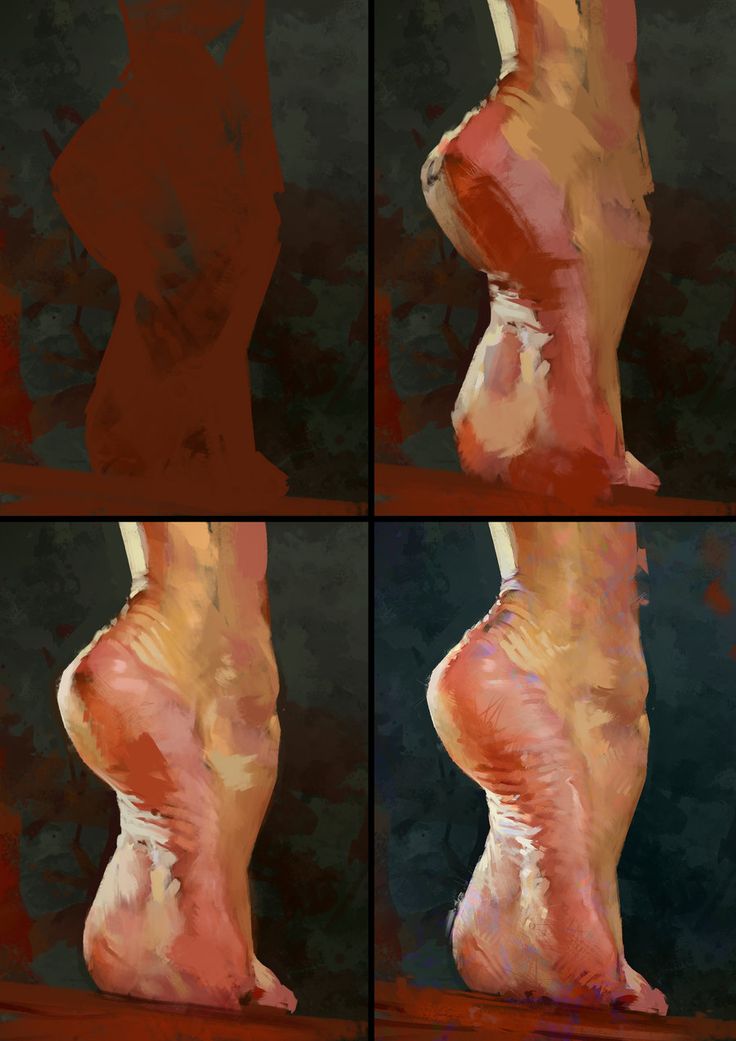 Remember that people looking at your profile don’t necessarily know you. If your profile represents your overall brand, your bio is your one-sentence elevator pitch or mission statement. Instagram only allows 150 characters, so be succinct, yet memorable. If you have other affiliated accounts, you can list them here by tagging (@) that account.
Remember that people looking at your profile don’t necessarily know you. If your profile represents your overall brand, your bio is your one-sentence elevator pitch or mission statement. Instagram only allows 150 characters, so be succinct, yet memorable. If you have other affiliated accounts, you can list them here by tagging (@) that account.
If you have not switched to a professional, or business, profile, we recommend you do so. To do this, go to your settings, select “Account,” then “Switch Account Type.” This will allow you to see more in-depth analytics for each of your posts, as well as provide you with a weekly overview of how your content is performing. You will also have the option to put money behind posts that you want to reach more people, such as an event you’re promoting, or a new project release. The business profile broadly expands Instagram’s user capabilities without affecting anything you’ve already posted.
Don’t miss out on receiving updates about more artist resources and guides like this by signing up for our email newsletter.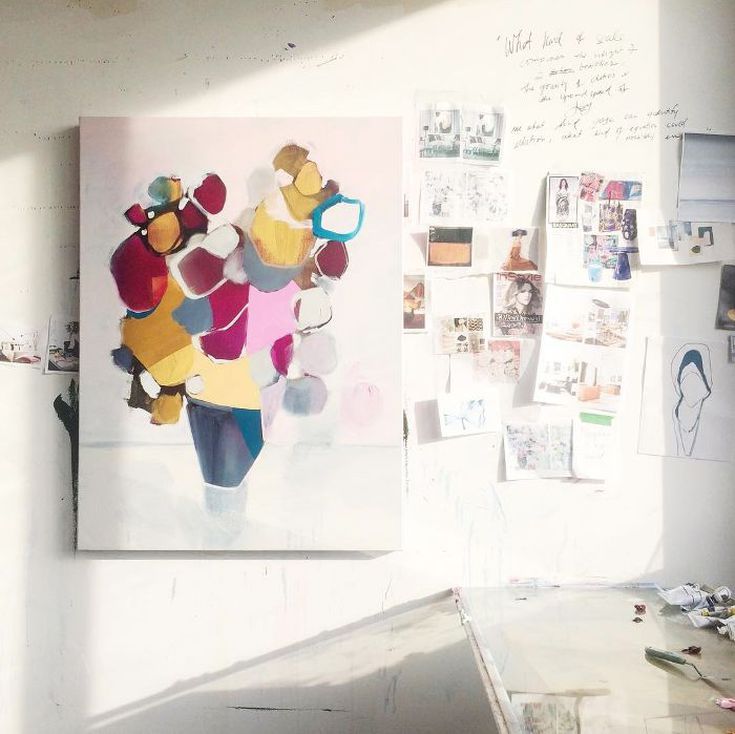
Think Visuals First
Instagram is a highly visual platform, therefore, you should think carefully about your visuals before posting. What makes your posts stand out in an endless feed of images? Is it a bright color that is consistent throughout your visual identity? A specific typeface? Your actual face? Get creative with it and see what your audience responds to most—but always keep the grid in mind. Although Instagram allows you to post images up to a 1.91:1 ratio, think about how it would look on your profile center-cropped as a square. You don’t want any important information, such as heads or text, to be cut off. When posting videos, remember to choose an interesting cover image. You have the option to choose any still from the video on the same screen where you can apply filters. If you forget, Instagram will automatically choose the first frame—which sometimes ends up being just a black screen! Having a curated grid that is full of interesting visuals—and not black squares—can make a difference in audience engagement and attracting new followers.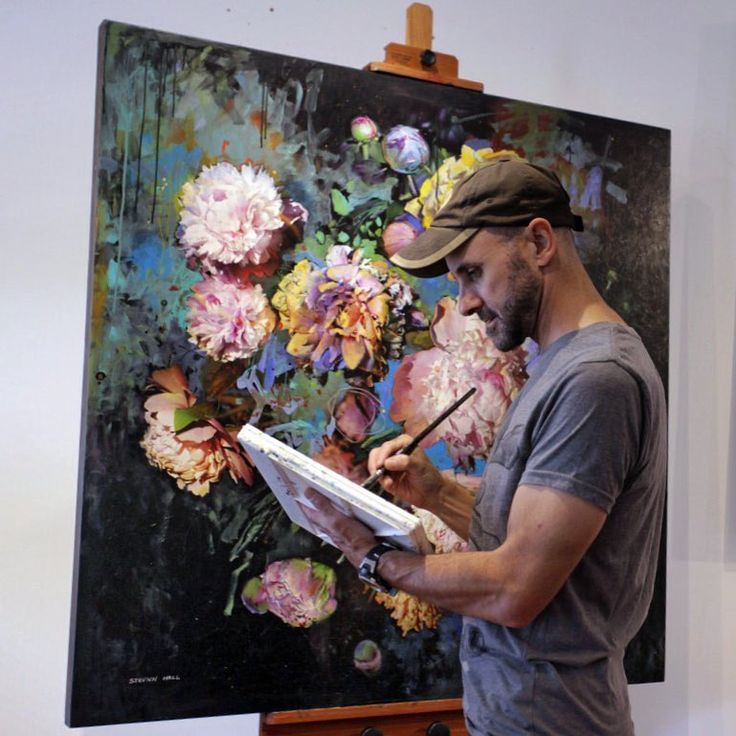
So what image ratio works best on the feed? The 1:1 square is still king. Not only does it take up just the right amount of real estate on your home feed, filling most of the screen and leaving enough room for captions, but also ensures a neatly cropped profile grid. If you want to go with a vertical orientation, Instagram allows a 4:5 ratio at most. And although horizontal images can go up to a 1.91:1 ratio, we recommend keeping it at 5:4 when you can, so that your image fills more of the screen. Keep your image resolution at least 1080px on the shortest side to make sure your image doesn’t get pixelated.
Being Strategic With Captions
Captions should work in tandem with your images, since both the ideas and the visuals of an Instagram post encourage your followers to engage with your content. Use captions to provide more context for your image—what are people looking at and why should they care—and forge a more personal connection with your followers. Let your personality shine, and write as if you were talking to a friend—this increases your chances of getting people to engage with your content. After all, people feel most at ease, and more willing to engage, when they know that there is someone behind the screen that they can relate to.
After all, people feel most at ease, and more willing to engage, when they know that there is someone behind the screen that they can relate to.
Captions get cut off with a “read more” prompt at 125 characters, so choose your first 5-10 words wisely. If your post is promoting an upcoming event, put the most pertinent information in the first sentence. Or, a quippy one-liner related to what will be happening to encourage people to click through to read the full caption. Try to avoid captions that play too heavily off of previous posts, as your audience may have missed them. Instagram does not display posts in chronological order on the home feed, so there’s no guarantee that your followers even saw or read those! And think about people who may be seeing your content for the first time. Does the caption have enough information to keep them interested and coming back for more? You’re allowed a maximum of 2,200 characters, but shorter captions—one to three sentences—usually work best for those of us with short attention spans.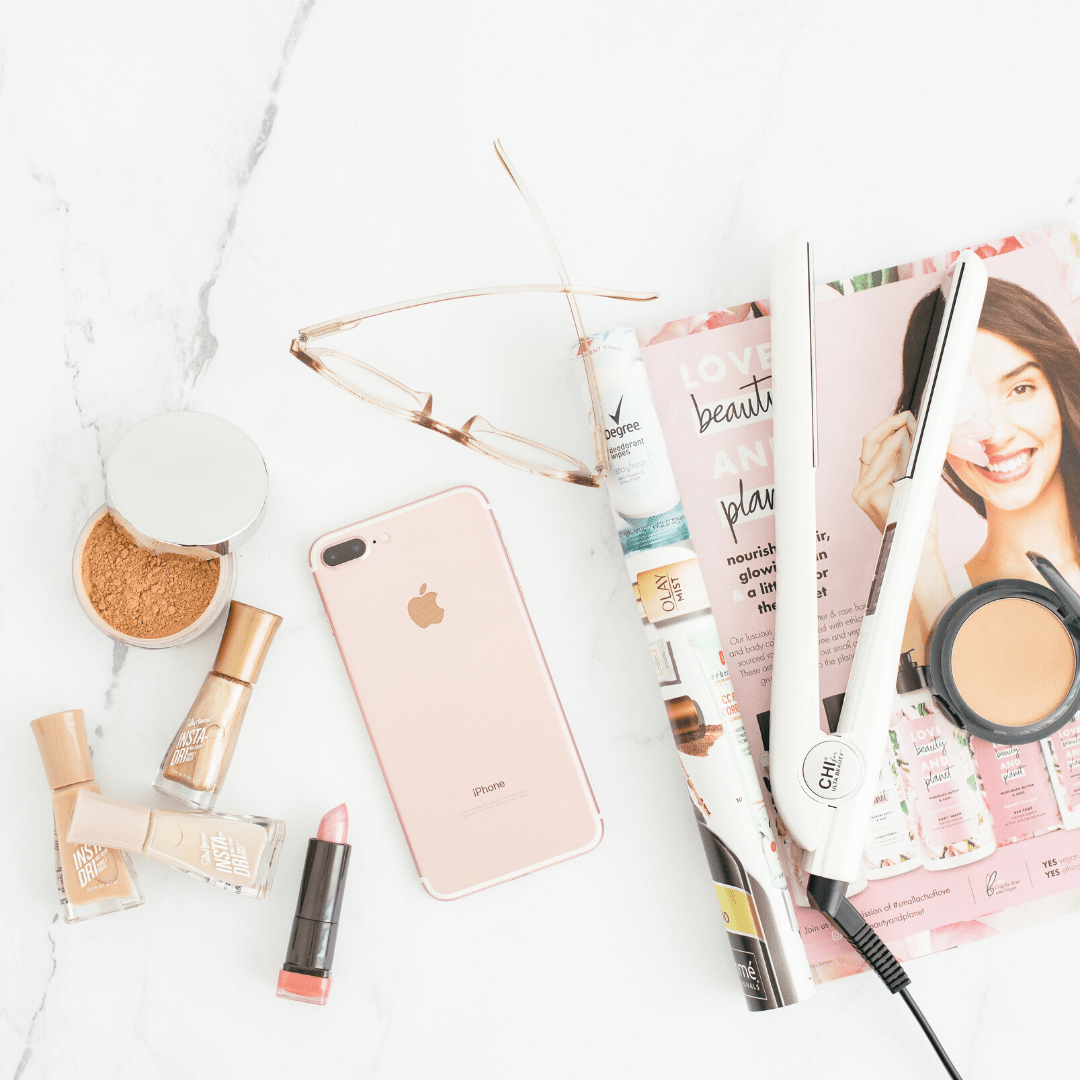
Making Accessible Content
Social media allows you to connect with people from all walks of life—the more accessible your content is, the larger your potential audience can become. Think proactively about addressing needs of people with disabilities—this may include, but is not limited to, people with vision impairment, color blindness, and those who are hard of hearing. Incorporating a few extra practices allows groups that are often marginalized to access your content and spread awareness of the need to improve accessibility in digital spaces.
Adding image and video descriptions to your copy will enable people with vision impairments, or those using text-to-speech readers, to visualize your content. In a few sentences, detail what is happening in the image you shared, painting a clear picture with just words. The key to great descriptions is to concisely mention the most important visual aspects of the work, without being superfluous with your language or adding extra context—that is what the copy, or your web link, is for. Image descriptions are not to be confused with text which describes your work’s media, dimensions, or year created. An example of an image description would be: “a 7×6 grid, on an orange-to-white gradient background, showing circular headshots of the 2021 Creative Capital Awardees. On the bottom, white text reads ‘2021 Creative Capital Awards.’ ”
Image descriptions are not to be confused with text which describes your work’s media, dimensions, or year created. An example of an image description would be: “a 7×6 grid, on an orange-to-white gradient background, showing circular headshots of the 2021 Creative Capital Awardees. On the bottom, white text reads ‘2021 Creative Capital Awards.’ ”
Instagram now also allows you to add alt text to your images under the “advanced settings” when posting. We always recommend adding alt text when there is an option to do so. This will allow screen readers to pick up the image and describe it to the user.
For videos, it is important to add embedded captions, not only for those who are hard of hearing, but also for those who aren’t. Most users don’t watch videos on Instagram with their sound on anyway, and captions can add more context to your content. Sometimes it can even make people take a pause just to see what is happening in the video. The text should be large enough to be easily read on a mobile screen and have high contrast, like white type on a black background.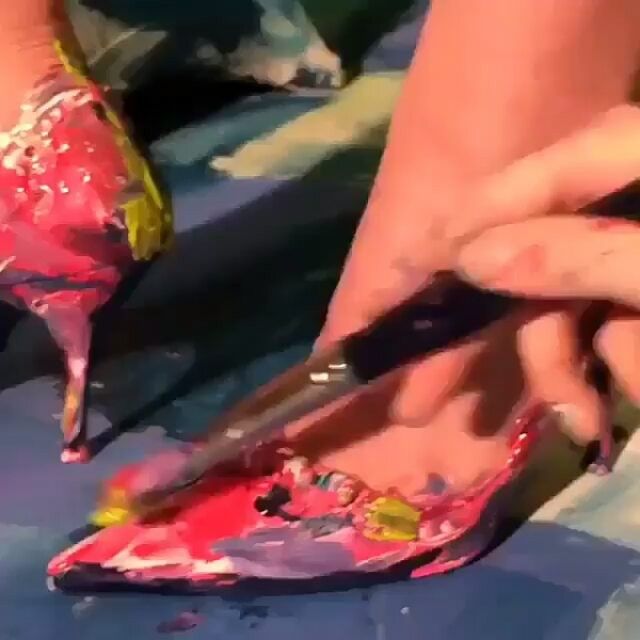 Use a simple, easy to read font—one without unnecessary flourishes or serifs, like Helvetica. For Instagram Live videos, you may also consider describing yourself and your surroundings at the start of the broadcast so those who are unable to actually see the broadcast have a visual in their minds that they can build upon. It is also a caring gesture to acknowledge that people with disabilities may be tuning in.
Use a simple, easy to read font—one without unnecessary flourishes or serifs, like Helvetica. For Instagram Live videos, you may also consider describing yourself and your surroundings at the start of the broadcast so those who are unable to actually see the broadcast have a visual in their minds that they can build upon. It is also a caring gesture to acknowledge that people with disabilities may be tuning in.
Making Your Event Stand Out
While it’s tempting to post a quick screenshot of a webpage to promote an upcoming event, this method may not garner much attention from your audience. When scrolling through feeds, images with a lot of text and no visually captivating element can easily get lost, go unnoticed, and be confusing. Instead, think about creating a simple template with vivid colors and large text to catch people’s attention.
In your template, add a cool image, headshots, and info about the date and time. Keep the template consistent so that your branding has a distinct look and feel. This will make your posts immediately recognizable to your most loyal followers. If you don’t have fancy software, use free tools that are available to you, like Google Slides, to get started. We created a template sample that you can use and adapt to your own style. You can quickly switch out images and change dates and titles to fit your needs. There are also many free apps for download that make it easy to design a graphic image for your feed or Stories.
This will make your posts immediately recognizable to your most loyal followers. If you don’t have fancy software, use free tools that are available to you, like Google Slides, to get started. We created a template sample that you can use and adapt to your own style. You can quickly switch out images and change dates and titles to fit your needs. There are also many free apps for download that make it easy to design a graphic image for your feed or Stories.
Instagram feed posts can continue being served to your followers up to three days after being published. Keep this in mind as you promote events and give your post some cushion room to saturate others’ feeds. That means don’t post about an event coming up “tomorrow,” and always be clear about the date an event is taking place. Utilizing Instagram Stories could be a good strategy for more immediate announcements, especially since their countdown sticker sends reminders to those who opt-in for them.
Getting the Clicks
Although people are less likely to click a link on Instagram, having a weblink on your bio acts as a resource for people who are looking to find out more about your work.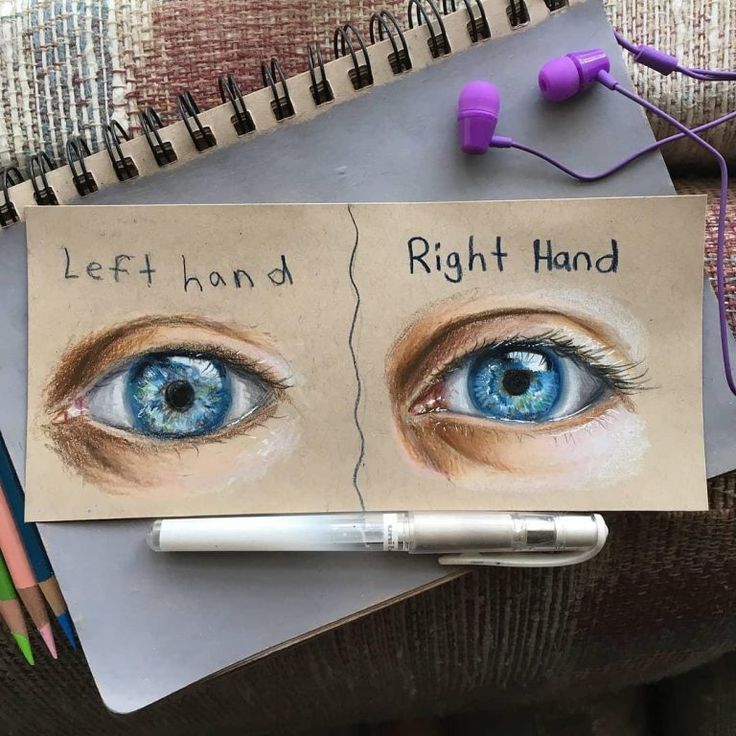 Social media serves as a gateway for directly connecting with your fans and building stronger relationships. If followers are invested in your posts, you can potentially convert them to your mailing list, for example. The more places your audience sees your content, the more likely they will engage with what you have to offer and share with their friends. When they receive an email from you, they will also be more willing to click through your links than on Instagram.
Social media serves as a gateway for directly connecting with your fans and building stronger relationships. If followers are invested in your posts, you can potentially convert them to your mailing list, for example. The more places your audience sees your content, the more likely they will engage with what you have to offer and share with their friends. When they receive an email from you, they will also be more willing to click through your links than on Instagram.
Often, people switch out this weblink based on their posts or upcoming events. If you do this, make sure the URL or your bio clearly states where this link will take your audience, since not everyone will find you through the same post. Even if a post that promotes the link in your bio receives a lot of engagement, you might find not many people clicked through because of the extra effort it takes to get to your profile page. You want to make this as easy as possible for those who take this extra step to find the link they’re looking for.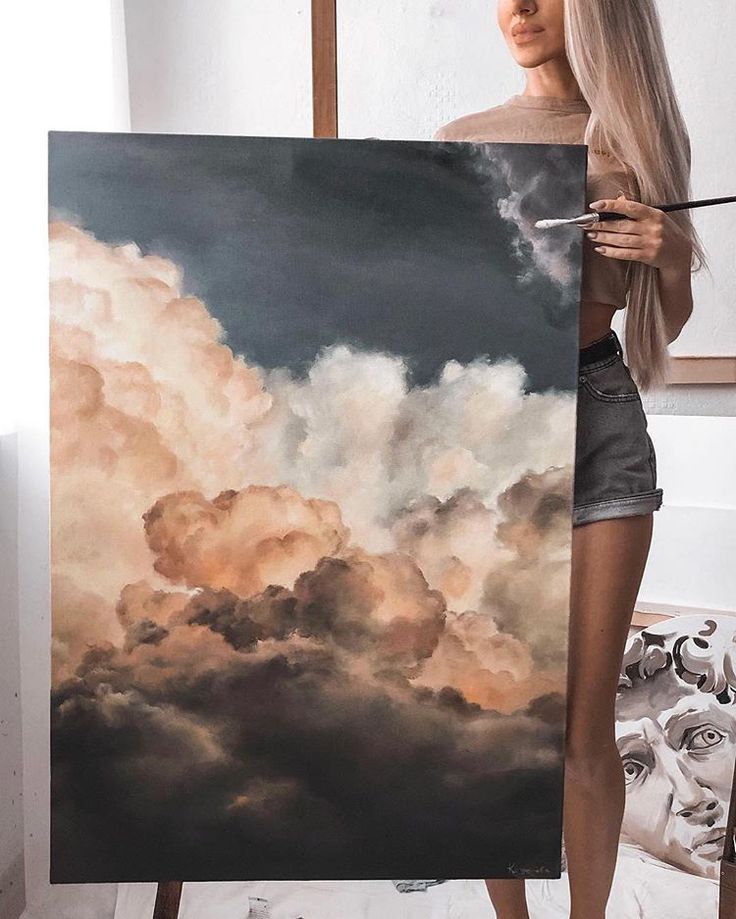
If you have a long link, you can use an url shortening service, such as Bitly to abbreviate and rename it. If you tend to share many links over the course of a week, check out landing page tools like linktr.ee or Later’s linkin.bio to keep everything organized and save followers the confusion of being taken to a webpage they were not expecting. These tools usually come with analytics of their own, so you can track how many people actually clicked each of these links.
Hashtags and Tagging
Hashtags can play a role in reaching new people, but don’t have too high expectations about how much they can actually do. To get the most mileage out of hashtags, you have to do some research. Think about what you post about most often, and who you are hoping to reach. It helps to do some legwork, and maintain consistency as you post.
The right hashtags can put you in front of a community of artists gathered around a specific location or discipline. If you are a dancer in San Diego with a live event coming up, you may hashtag posts with themes around your dance genre or performance, such as #SanDiegoDancers, #SanDiegoEvents, or #hiphopdance.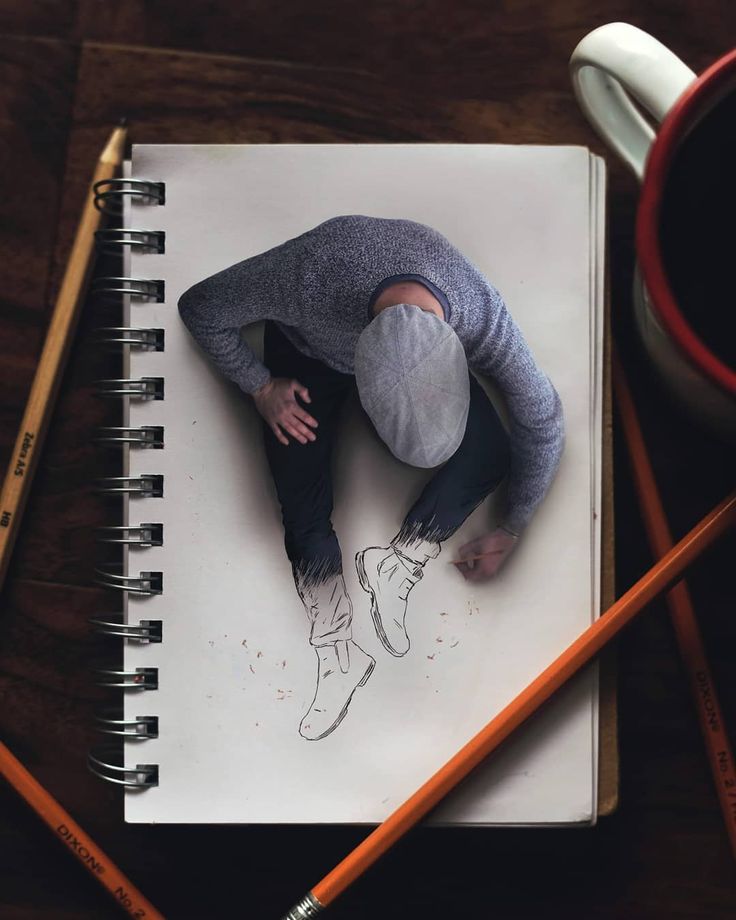 Make a list of relevant words and phrases that could work as hashtags—something someone may search for on social media, or communities you can be part of—and actually search them and note how many current posts each hashtags has. Do the current posts seem related to your practice? Sometimes what you see as top posts might not actually be what you expected to see. Look at what your peers, or organizations you are part of, are using. Think of different hashtags that fit within three categories: broad (800,000+ current posts), narrow (between 50,000 and 800,000 current posts), niche (less than 50,000).
Make a list of relevant words and phrases that could work as hashtags—something someone may search for on social media, or communities you can be part of—and actually search them and note how many current posts each hashtags has. Do the current posts seem related to your practice? Sometimes what you see as top posts might not actually be what you expected to see. Look at what your peers, or organizations you are part of, are using. Think of different hashtags that fit within three categories: broad (800,000+ current posts), narrow (between 50,000 and 800,000 current posts), niche (less than 50,000).
Hashtags in the “broad” category are fast-moving, which means many people will be using the same tag, and that people are more likely to search it. However, there is a good chance yours will not stay at the top of the page very long, and therefore might not actually get seen. The “niche” category is very specific to what you do and your specific practice. You may create a very specific hashtag just for a project you’re working on, that no one else is using—known as a “branded hashtag. ” People are less likely to search these phrases, however, those that do are more likely to engage, and your post will stay at the top of the hashtag page much longer. The “narrow” group is a happy medium, not too specific, yet broad enough to encapsulate people who may not already be following you but are interested in the same things.
” People are less likely to search these phrases, however, those that do are more likely to engage, and your post will stay at the top of the hashtag page much longer. The “narrow” group is a happy medium, not too specific, yet broad enough to encapsulate people who may not already be following you but are interested in the same things.
Use a mix of these to try to capture audiences in each. Try not to use the exact same group of tags in each post, as Instagram may end up flagging frequent posts with the same tags as spam. Likewise, don’t flood your posts with too many hashtags. Although Instagram allows up to 30 tags per post, too many can look spammy to your followers. Stick to 5-12 good ones and keep a running list of these, catering your selection to the topic of each post. If you want to hide your hashtags, you can include them in a comment after posting, rather than in the captions.
Tag other people and organizations in your images and captions (@) if they’re featured, but don’t spam them if they have no relevance to your post.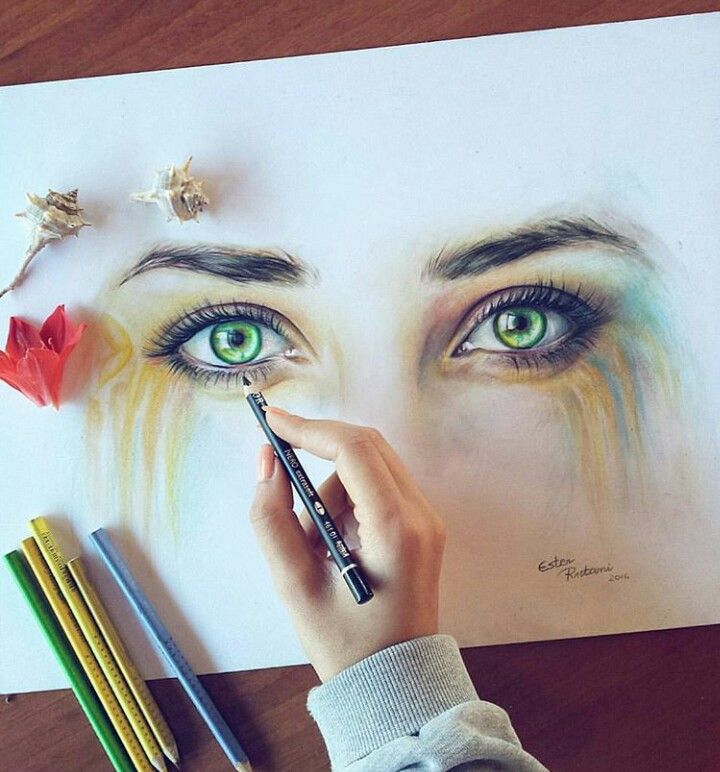 There is a possibility that they will share your content with their own followers, especially if the reason why you are tagging them is apparent. Geotagging galleries and venues where you are exhibiting, performing, or have an event is also a good way to target people in your area with specific interests.
There is a possibility that they will share your content with their own followers, especially if the reason why you are tagging them is apparent. Geotagging galleries and venues where you are exhibiting, performing, or have an event is also a good way to target people in your area with specific interests.
Additional Features
Instagram Stories has become a staple feature of the platform, especially to those who like to keep their feeds organized. Allowing for snippets of images and up to 15 seconds of video, polls, stickers, and countdowns, it is usually a more casual and immediate way to interact with followers than the feed. While a feed post can be seen up to three days after posting, Stories are only up for 24 hours, making them ideal for timely announcements.
If you have a business account and over 10,000 followers, you will also be able to utilize the “swipe up” function, allowing you to directly link your Story to other sites, eliminating the cumbersome need of going through a link in your profile or leaving the Instagram app.
Stories Highlights can be a great addition to your profile as well, categorizing all your projects into easily digestible, evergreen content—another way for new followers to discover what you’re about.
Instagram Live is a fun way to engage in real time with your followers. It allows for a more casual interaction as you go about your day or share behind-the-scenes footage of your work. You can even invite up to three additional participants and have a conversation with them on camera. Since Instagram can send out a notification to your followers that you are live, it is a great way to increase engagement and reach with your content. You will also display first in your followers’ Stories banner, temporarily giving your content more visibility. After you have gone live, you have the option to save the video into your IGTV tab, making it additional content for your actual page. We recommend that your Live video be at least ten minutes, as it takes time for followers to join. This will also give people a chance to catch up with what is happening if they join in the middle of a broadcast. Interaction is also important—you will be able to see the comments and hearts left by your fans, so address any them and any questions, and give those engaged followers a shout out!
Interaction is also important—you will be able to see the comments and hearts left by your fans, so address any them and any questions, and give those engaged followers a shout out!
The recently released Instagram Reels is great for low-stakes, casual content as well. We recommend testing it out and seeing how you can fit it in your practice. Instagram tends to push these features a little more heavily in the initial stages, so you may see increased reach by using it, and other new features that they roll out. They can help you build an audience, but are by no means necessary for enjoying the use of the platform.
Instagram is always adding new features and ways to share content. Sometimes it may be hard to keep up, but try experimenting with what you can do with them as they come out. Early adopters usually have the upper hand and can even influence how that feature is used by their communities and peers.
Consistency is Key
Whether you prefer Instagram feed, Stories, IGTV, or Reels, one of the most important things to remember about social media is to be consistent with your posting frequency.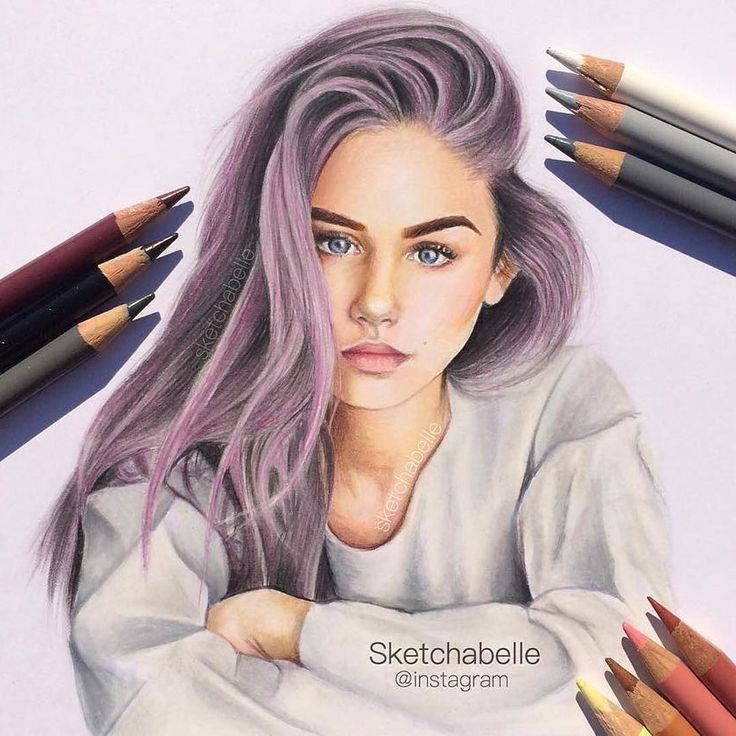 You don’t have to post everyday, but try to stick to a schedule of at least three times a week. We recommend posting no more than once a day to get top mileage out of each post—too many posts in a short amount of time can spread your audiences’ attention too thin. Create a schedule for yourself with post ideas to take some of the pressure off. Be mindful of when your followers are online—Instagram’s built-in analytics displays this data for you as a breakdown of hours and days. Once you’ve nailed a frequency that works for you and your audience, you’re already halfway there.
You don’t have to post everyday, but try to stick to a schedule of at least three times a week. We recommend posting no more than once a day to get top mileage out of each post—too many posts in a short amount of time can spread your audiences’ attention too thin. Create a schedule for yourself with post ideas to take some of the pressure off. Be mindful of when your followers are online—Instagram’s built-in analytics displays this data for you as a breakdown of hours and days. Once you’ve nailed a frequency that works for you and your audience, you’re already halfway there.
Be Social and Engage
Instagram’s algorithm works by showing posts that you are more likely to interact with first in your feed. Therefore, the more your audience interacts with your posts, the more often you will show in up other people’s feeds. Social media is social, so also make an effort to engage with others. Respond to people who comment on your posts, and like and comment on other posts. Instagram rewards you for interacting with others on the platform by sharing your content with those followers. This also makes your followers feel more connected with you, and more likely to keep engaging with your content.
Instagram rewards you for interacting with others on the platform by sharing your content with those followers. This also makes your followers feel more connected with you, and more likely to keep engaging with your content.
All digital platforms are interconnected. Let people who already love what you do know that you have an Instagram. Put your handle on your website, your emails, and your business cards. You already have a dedicated fanbase ready to engage, you just have to let them know how to find you.
Finally, remember that the digital landscape is always in flux and that algorithms can change quickly without notice. Don’t be afraid to experiment and have fun with it. As with art, the joy in social media is in the act of creating, of embracing the unknown, of making new discoveries along the way.
Is it possible for an artist to build a business on Instagram
I started an Instagram account dedicated to art six months ago. I haven't picked up a colored pencil in a year, so I signed up for drawing lessons with a local artist.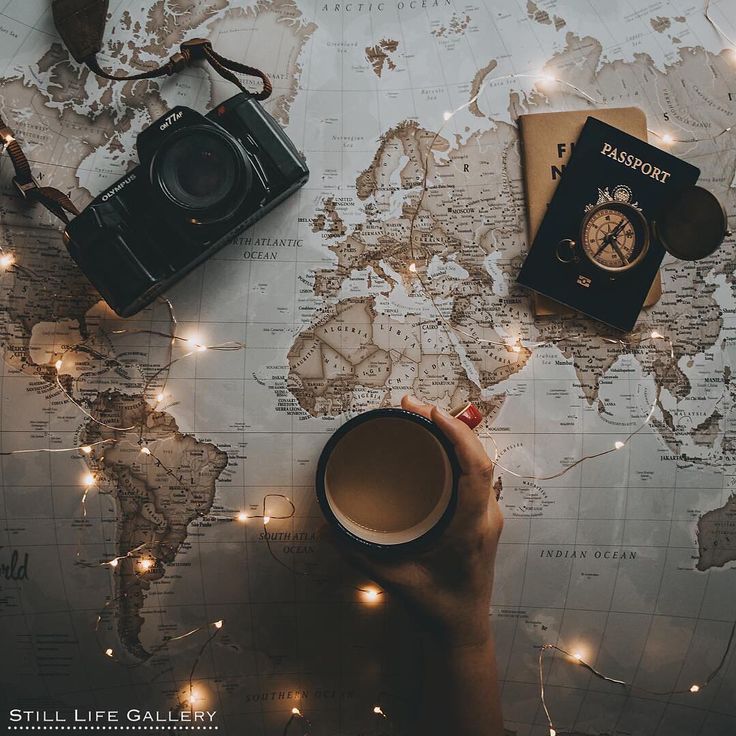 The classes gave results, and it seemed to me that I drew the best work. I had never had an Instagram account before – not even a personal one – so it was completely new territory for me.
The classes gave results, and it seemed to me that I drew the best work. I had never had an Instagram account before – not even a personal one – so it was completely new territory for me.
My desire to show my work to the world was reinforced by the success of my artist friends on this platform, and I decided to give it a try. In addition, there are many websites on the Internet that scream that Instagram is very important for creative people. Do you want your work to be seen? Forget galleries and exhibitions; all you need is a beautiful picture, a poetic description and lots of hashtags.
Of course I didn't have false expectations. I did not plan to become the next Banksy, but I believed that I could collect a few followers and sell a couple of paintings.
Unfortunately, even these low expectations did not come true. After a few weeks on the platform, I realized that Instagram is like a school. Either you will prosper or hide in the shadows. Instagram is either your best friend or your worst enemy. And for me it was the last.
Instagram is either your best friend or your worst enemy. And for me it was the last.
Photo: Unsplash
It's Important to Find a Niche
I noticed almost immediately that the audience adored niche artists. People with a certain style were popular. If you drew with colored pencil, all of your photographs should be with colored pencil work. If you are a digital artist, your profile must be filled with digital works.
Of course, it is possible to combine several styles and gather a huge audience, but it is much more difficult. People love consistency.
I think the reason why many artists choose a niche and stick to it is because of saturation. When you know that millions of other people are also trying to get attention for their work, the market quickly becomes crowded. If you want to stand out, you have to give people a reason to follow you.
This was a big problem for me.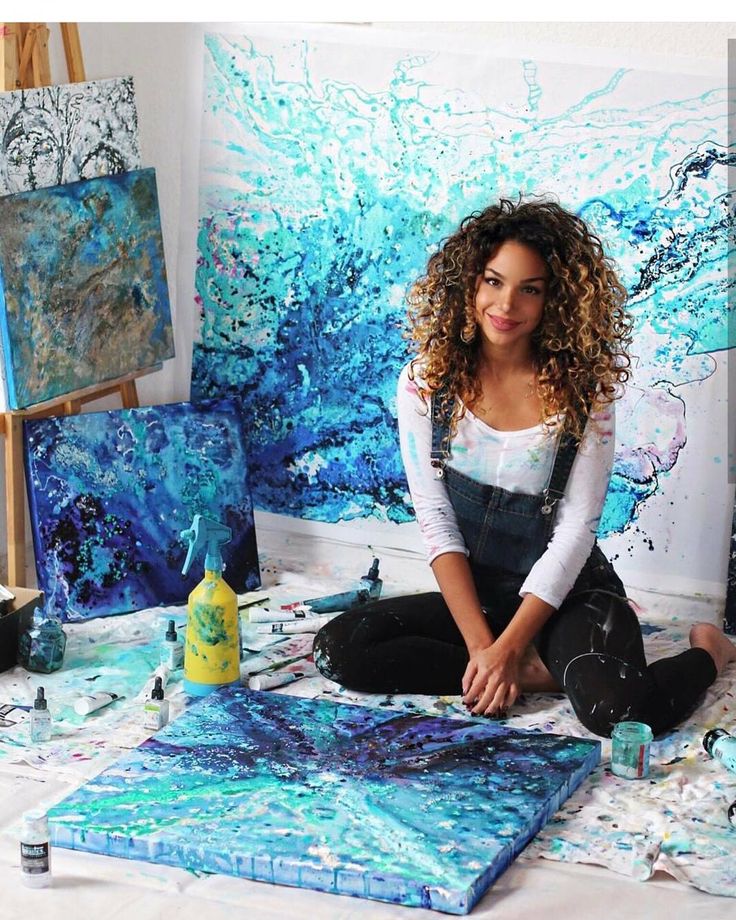 I'm into everything. One minute I'm discussing homophobia, the next I'm writing an article about the difference between a latte and a cappuccino. I do the same with art. I love to experiment, it's fun, but I end up with a messy profile. My subscribers are like playing the lottery - and never know what to expect from me tomorrow.
I'm into everything. One minute I'm discussing homophobia, the next I'm writing an article about the difference between a latte and a cappuccino. I do the same with art. I love to experiment, it's fun, but I end up with a messy profile. My subscribers are like playing the lottery - and never know what to expect from me tomorrow.
Irregular posting will kill you
The more photos you post, the more followers you get. It's not bad; it just creates additional difficulties for artists, since it can take them several days or weeks to complete one work.
On average, I spend a lot of time on one painting. And since I don't spend more than two hours a day with a pencil in my hand, I don't post on Instagram regularly. Subscribers see my work in the feed about once every two weeks.
Photo: Unsplash
It would be different if I spent six hours a day on art, but I can't. Drawing is my hobby, not my job. Therefore, if you cannot devote almost all the time to your account on the platform and regularly generate new content, you will not be able to create a large audience.
Therefore, if you cannot devote almost all the time to your account on the platform and regularly generate new content, you will not be able to create a large audience.
New followers keep unfollowing
What makes me really sad on Instagram is the way people interact with the platform. Everyone is obsessed with the number of followers. I noticed that people have come up with a way to increase this number, and it annoys me insanely. Here is a typical situation that can happen.
I'll post a photo of the latest work. It will have an interesting title and I will add hashtags to increase its visibility. Within 24 hours, 20-30 likes will appear under the post, four people will subscribe to me. If I like their accounts, I will follow them back.
The next day I notice that two people have already unfollowed me. Obviously, they were not interested in my work, they just wanted me to subscribe to them in return. It kind of reminds me of gossip in school. People pretend to like you, but as soon as you turn away, they start talking about you.
People pretend to like you, but as soon as you turn away, they start talking about you.
This phenomenon is not so noticeable if you have thousands of followers, but if you are followed by 50-60 people, it is frustrating.
Everyone wants to advertise you for money
Since joining Instagram, I have received at least three messages from different accounts offering to advertise. As soon as it happened, I was excited. The account from which they wrote to me was successful, and it seemed to me that advertising from them would greatly play into my hands.
Photo: Unsplash
All my joy vanished when the offer was asked to pay $15 for the service. The amount is not so great, but something told me that this is not the best idea. The same thing happened afterwards.
People offering promotion for money are not new to Instagram, but they thrive because many users are obsessed with the number of followers.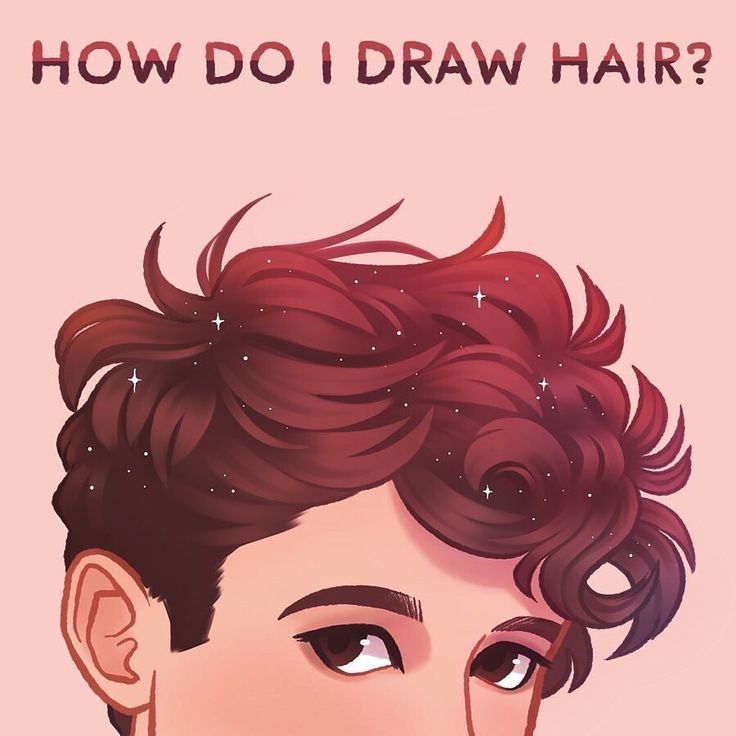
Instagram can be your best friend
I understand that after reading this article you may think that I am trying to discourage you from joining Instagram, but I am not.
It's my own fault that I didn't succeed. I didn’t devote enough time to my account and didn’t try to solve the problems of the platform. In fact, every artist can succeed on Instagram - and here's what you need to do.
Post photos often
If you post pictures every day or every other day, you will find your audience. Of course, this is unlikely to happen quickly, but the main thing is not to give up and generate content regularly.
Interact with other artists
I didn't try to fit into the creative community. I did not communicate with other artists, and they did not communicate with me. Like, comment and subscribe to the pages of your colleagues to be seen.
Do what people like
If people don't like your work, you won't get far.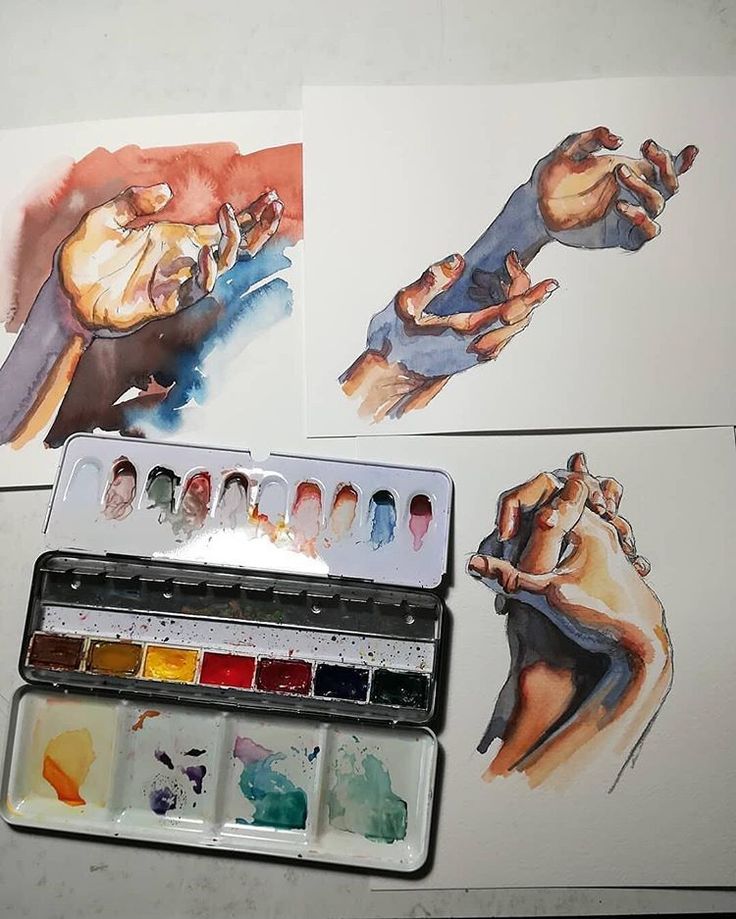 Find a certain style and stick to it. And you will be noticed.
Find a certain style and stick to it. And you will be noticed.
Instagram is neither good nor bad for artists - it's all up to you. The lack of effort on my part has made the platform an enemy for me, but if you take the lessons from this article, you will succeed.
Source.
Related content:
How Instagram is reviving poetry on Instagram on the work of the artist
Menu
Content
- 1 How to manage the artist's Instagram
- 2 Promotion of the artist on Instagram
- 3 Creativity on Instagram: important points
- 4 How to make money as an artist on Instagram
- 5 How to sell paintings on Instagram
If you are a creative person, create and do it well, you should learn how to make money on it. This can be done using Instagram. This is a convenient and at the same time effective platform where it is not difficult to demonstrate a portfolio, collect feedback, and interact with the target audience.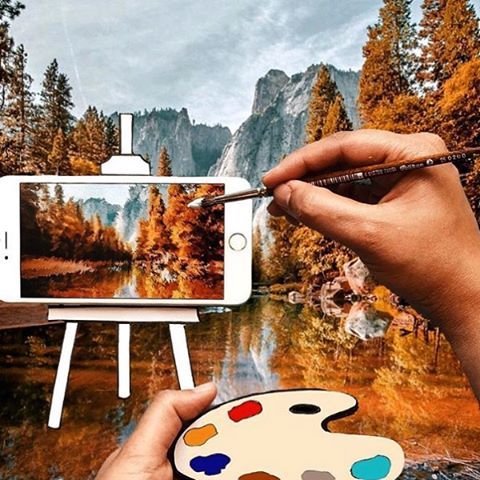
Here you can negotiate cooperation and find fans of your work. In this article, we will take a detailed look at how to promote your creativity on Instagram in order to earn and gain recognition.
How to run an artist's Instagram
The beginning of successful Instagram and advertising is quality content. Therefore, it is worth taking pictures and videotaping what you are doing. Show the results, but don't forget to show the creation process as well.
Don't forget to analyze competitors and follow the trends on Instagram in 2021. This will help you constantly improve your content.
But the basis for attracting attention is a competent presentation. With this in mind, you will be able to clearly present your expertise in the field, get the opportunity to implement certain projects.
Promotion of the artist on Instagram
When you have prepared a small amount of content - photos and videos of your masterpieces, you can start promoting on Instagram.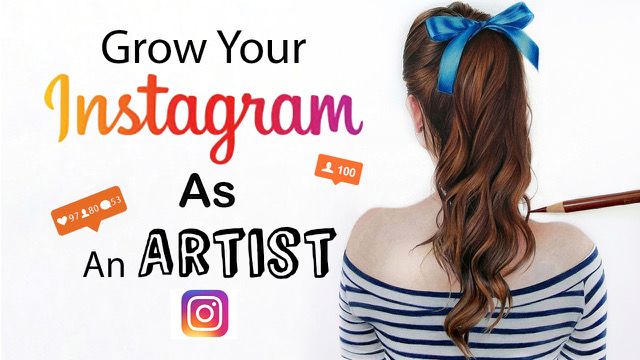 To see the return from the first days, follow this instruction:
To see the return from the first days, follow this instruction:
- Choose the name of the account.
If you are working under a pseudonym, use it. If not, sign with your own name or some unusual phrase.
Keep in mind that for successful promotion it will be better if your nickname is easy to read, understandable and memorable. At the same time, remember that changing the name of your Instagram account is undesirable.
- Create an Instagram account.
Verify your phone number and email address to secure your account. So the likelihood that you will be hacked will be lower, and in which case you can easily recover your password. For better security, you can enable two-factor authentication.
By the way, if you already use Instagram, you can not create a new account, but use an existing one. But at the same time, the page that is selected for promotion should be aesthetic, harmonious and visually attractive.
- Account maintenance.
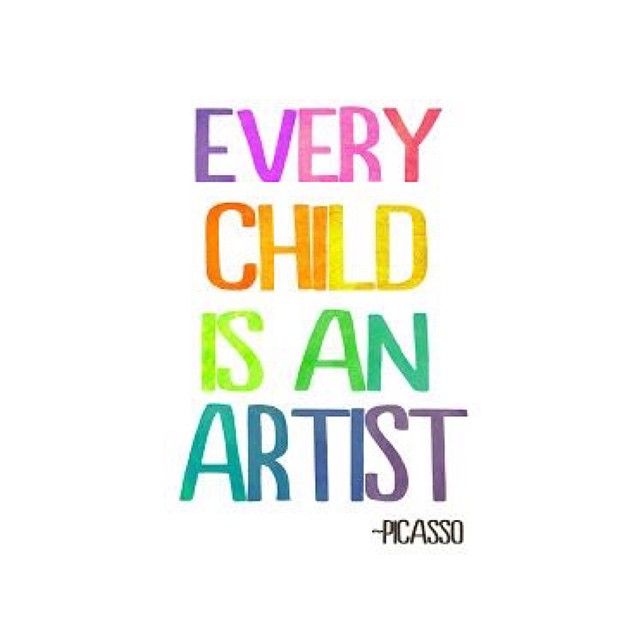
Start your page by posting photos or videos daily in posts and stories. It is necessary not only to show the work, but also to talk about yourself and your work.
Be open to the audience. Communicate with subscribers: ask questions, answer comments, thank you for your interest.
- Collaborate with other people.
It doesn't matter what field you work in - photographing, drawing or doing handmade things. In any case, there are many options for whom you can gift your work. But at the same time, ask to mark your account in the photo with a gift.
This will serve as an advertisement for you on Instagram or other social networks. In essence, people will publish a post with a gift and leave links to your page - then most likely you will get new subscribers. Among them will be new customers.
- Invest in advertising.
To get a lot of clients and earn money, you need to show your creativity to a lot of people. A certain percentage of them will need services or they will want to buy your finished work.
A certain percentage of them will need services or they will want to buy your finished work.
- Use official targeted advertising from Instagram (Instagram Ads).
- Make paid posts in creative publics.
- Advertise with bloggers with your target audience.
- Participate in creative marathons that will attract new followers.
- Order ads on various sites and direct customers to your site.
Creativity on Instagram: important points
If you want to achieve success, win recognition, earn money on creativity on Instagram, it is important to follow a few rules:
- pay attention to developing your talent and additional necessary skills;
- put the quality of work in the first place, use only durable materials, tools, equipment;
- do not underestimate the importance of advertising because it brings you customers, which makes it possible to do what you love in a comfortable environment;
- be responsible, try to comply with the agreed terms of cooperation, do not promise the impossible;
- learn to communicate with people and make connections, as this will help you get everything you need to develop.
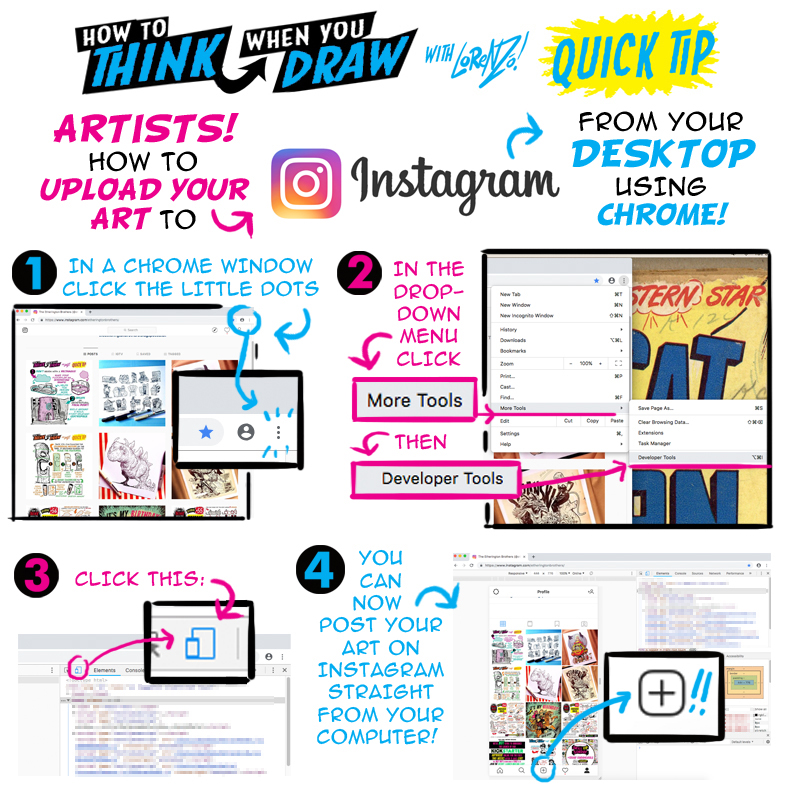
These tips are just a guideline. They are presented to make it easier for you to find customers. But your priorities should be based on principles that reflect your outlook on life.
How to make money as an artist on Instagram
If you are a talented person, you can not only earn by selling works and fulfilling orders, but also receive money for training and mentoring. Use your Instagram account to post tutorial videos, helpful instructions, and tips. Also run free or paid marathons where you share your secret tricks.
When you teach, you show your expertise. Thanks to this, you can already attract new followers.
Also, if you're a master at what you do, but don't want to take on commissions and only do projects that you love, mentoring will be an opportunity to support yourself.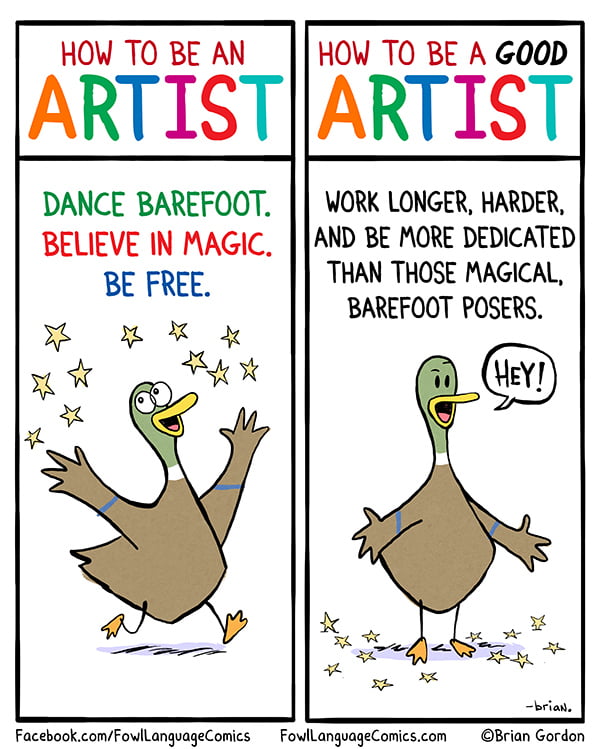
With a well-thought-out marketing approach, you can earn much more from training than just selling or doing work.
How to sell paintings on Instagram
For a decent income from creativity, it is important to be not only a talented person, but also to understand marketing. For example, on Instagram itself, many brands, even small companies, use creative products for promotion, so you can collaborate with them.
Do not only what you want and do best. Think about where your skill can be used in a business environment.
Pay attention to who has the ability to pay for your creations as much as they really cost. Consider all possible options for applying creativity, develop in pleasant directions.
If marketing and negotiation are not to your liking, there is an alternative. You can find a marketer, a manager with whom you can agree on cooperation.
For example, a specialist will receive a certain percentage of the payment for the transaction, and you will just do the work you love.


